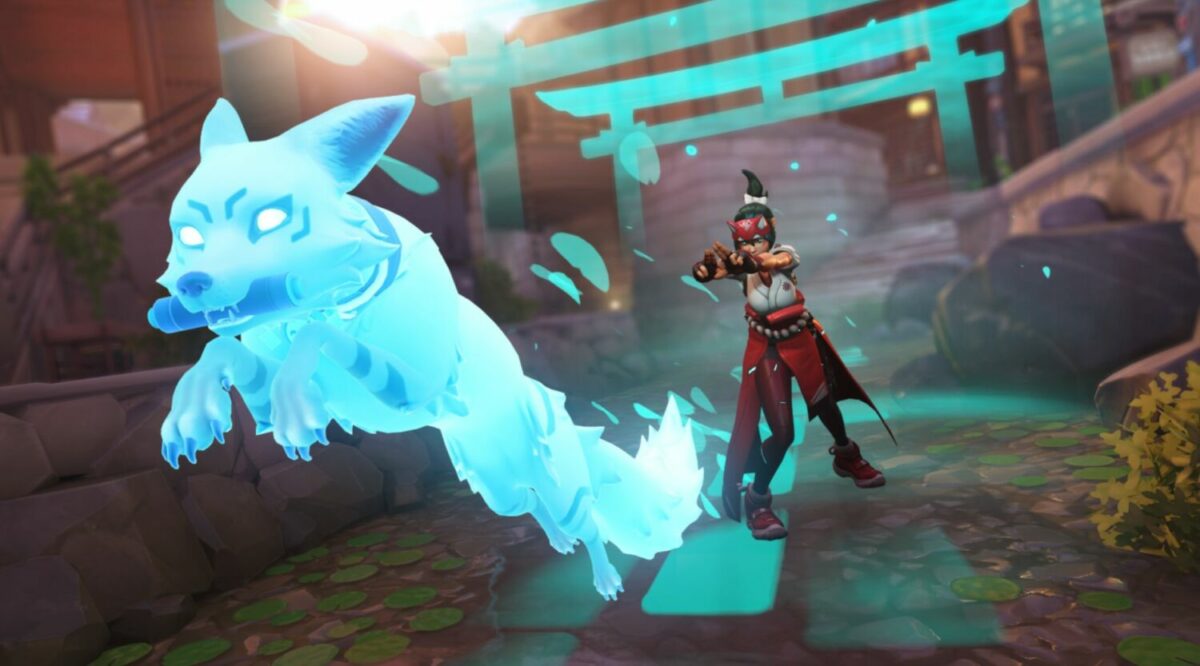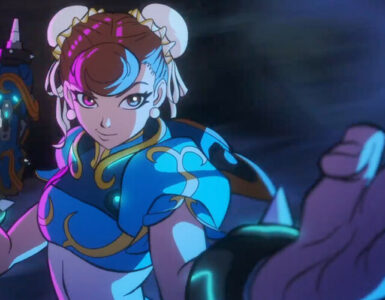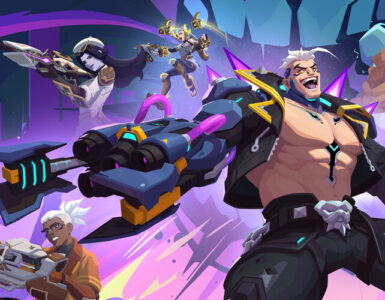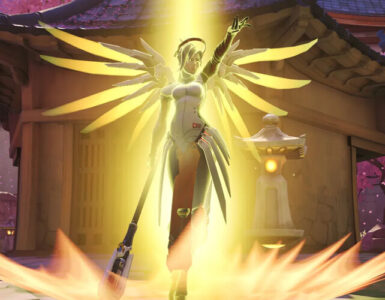The Overwatch 2 tank hero Winston once said, “Never accept the world as it appears to be, dare to see it for what it could be,” but for fans of the game, what could have been a dream come true is no longer in the cards.

Blizzard has officially cancelled the long-awaited player-versus-enemy (PvE) Hero mode, putting an end to the big differentiating factor between the original game and its sequel. The announcement came by the way of a Twitch stream, which saw executive producer Jared Neuss detailing Overwatch 2‘s content roadmap, and explaining the decision to trim the PvE content.
“Development on the PvE experience has not really hasn’t made the progress that we have hoped,” Neuss said. “The team has created a bunch of amazing content so there’s awesome missions that are really exciting. There’s brand new enemies that are super fun to fight and some truly great and ridiculous hero talents. But unfortunately, the effort required to pull all of that together into a Blizzard-quality experience that we can ship to you is huge, and there really is no end in sight or defined kind of end date where we can put that out into the world.
“And so we are left with another difficult choice. Do we continue to pour all that effort into PvE, hoping we can land it at some point in the future or do we stick with this set of values that we have aligned on and focus on the live game and focus on serving all of you? With everything we have learned about what it takes to operate this game at the level that you deserve, it’s clear that we can’t deliver on that original vision for PvE that was shown in 2019.
“What that means is that we won’t be delivering that dedicated hero mode with talent trees, that long-term talent power progression. Those things are just not in our plans anymore. And we know that this is going to be disappointing to many of you which is why we wanted to bring it up before we talk about the road map. And to be perfectly honest it’s been really difficult for many of us and a lot of folks on the team that pour their heart and soul into that stuff.”

Here’s the TLDR: Blizzard set a fundamental expectation for a PvE campaign, but things aren’t working out, so the team is now scaling back on development. It’s a classic case of over-promising and under-delivering, and fans are understandably upset and disappointed about the scrapped Hero mode, especially since it offered a tantalising glimpse of great potential.
The original vision was set to introduce new hero abilities, co-op attacks, skill trees, and a level progression system — fresh content that not got the player base excited, but would also set the game on a course back to its glory days. All of that weren’t part of Overwatch 2 when it launched, however, with the team promising that the PvE elements would come sometime in 2023 as seasonal content.
Still, the team assures fans — and especially lore enthusiasts — that PvE continues to be a focus for the game moving forward. Story missions, alongside a new support hero, will be coming to Overwatch 2 in Season 6, which together with Season 5 and Season 7, are set to bring new gameplay elements, including limited-time modes, new maps, and more.
In an interview with GameSpot, game director Aaron Keller shared how some of the PvE additions will play into the grander scheme of things. “We have a lot coming out this year, and even if you look at Season 6, it’s the biggest season we’ve ever launched in the history of Overwatch,” he said.
“We are running a PvE event that season. We have a whole new type of PvE content that we’re releasing with our single-player Hero mastery missions… So I hope that players can see that we are still committed to PvE and we are doing more with the story than we’ve ever done before. We’re just doing it in a different way than what we originally talked about.”
It’s little consolation, but at least the story missions and other elements can help to fill that void for players. This is not to say that the fault lies with the game developers; if anything, the executive team should bear the brunt of responsibility, since they are likely taking charge of the decision-making process.













